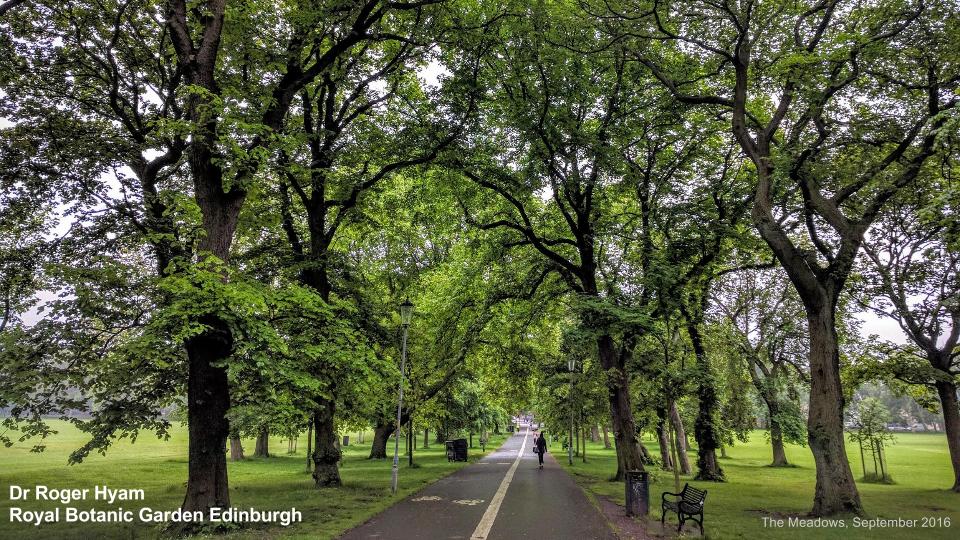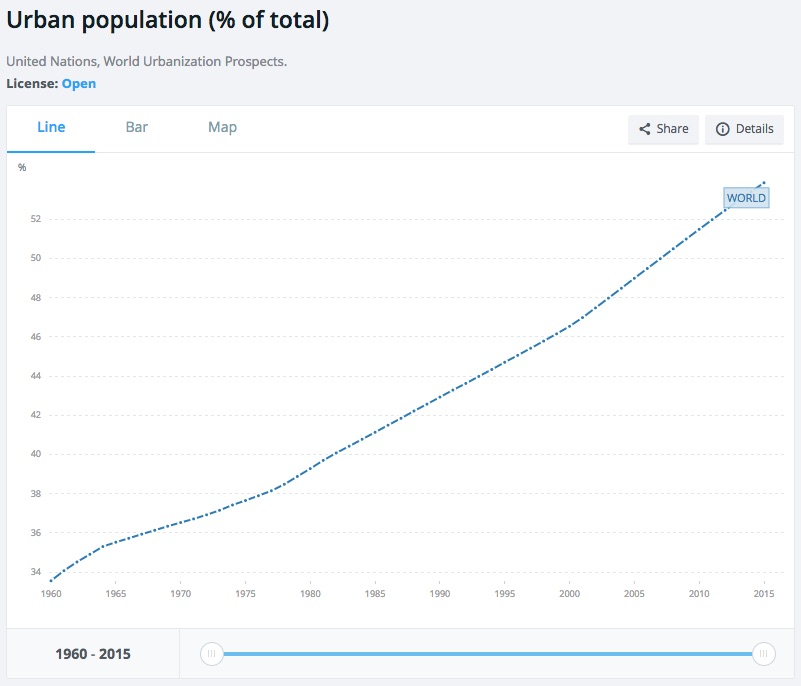At the end of last month I spent a Thursday evening at IKEA Edinburgh, not for the usual reason of eating chips in the café with my daughter but to contribute to an event called Untangling Resilience to Depression as part of Midlothian Science Festival.
Recently we have been working with Stella Chan, a clinical psychologist from the Edinburgh University, as part of the Edinburgh Living Landscape project. Our discussions are around the effect connection with nature has on people’s well-being and the role that botanic gardens have in mediating those relationships.
The evening of talks at IKEA was part of the public outreach for the STRADL project lead by Prof Andrew McIntosh in which Stella is involved. STRADL is a multimillion pound, five year, Welcome Trust funded project that tries to understand the different ways in which people are resilient to depressive illnesses. There are many factors effecting depression ranging from genes through support networks out to the wider environment. The talks were arranged along this spectrum with me speaking last on green space and its affect on well-being. Speakers included Prof McIntosh, Prof Andrew Gumley from University of Glasgow, Prof Matthew Smith from University of Strathclyde and myself. Stella and Prof Stephen Lawrie acted as compères.
Stella asked me to speak because I had been describing some of my work in this area. I have been developing a mobile phone app called the Ten Breaths Map which aims to measure people’s engagement with natural spaces and been working on a paper that uses automated image categorisation to predict how restorative an image of a place is. This somewhat overlaps with Stella’s Project Soothe. (We’ve also been talking with Sarah Payne at Heriot Watt University about running experiments on the restorative value of the gardens.)
Stating that a walk in beautiful, natural surroundings might be good for mental and physical well-being seems so obvious as to not be worth investigating but in the context of rapid urbanisation where over half the world’s population and 80% plus of those in the developed countries live in towns and cities the question of why a walk in the garden is better than a walk on a treadmill becomes more urgent. Coming from the other direction the expansion of urbanisation and associated agricultural intensification means there is less room for the biodiversity and those same urban green spaces become important as nature reserves. There is also evidence that exposure to green space makes people more pro-environmental and therefore more likely to support the lifestyle changes necessary to protect the planet in the face of threats like global warming. Research that leads to policy that helps us get our urban green spaces right is likely to have a big impact on future well-being of both humans and nature.
In fact there is good empirical evidence dating back to the 1960s that exposure to nature is beneficial for dealing with psycho-physiological effects of stress. Just viewing images of nature has been shown to have a restorative effect. The two main theoretical models for why this happens are Stress Recovery Theory (SRT) and Attention Restoration Theory (ART). These theories are complementary. SRT is more concerned with physiological and negative affect whilst ART is concerned with attentional fatigue. Major questions that remain to be answered are: What is it about natural environments that produce these benefits and is this compatible with those same spaces acting as biodiversity refugia that nudge people to be more pro-environmental? Is it enough to just expose people to green space or is education, background and cultural meaning important? Is it equally beneficial for all or are there genetic, personality, gender or age factors?
I like to walk in the garden and intrinsically feel that my training in mindfulness techniques helps me connect with nature but what excites me professionally is that, in this age of big data, some of these questions are going to become much more computable. This is best illustrated with an example. A recent paper by James et al (2016) looked at how exposure to greenness around where you live may be linked to your chances of dying early. They combined two sources. The first dataset came from the Nurses’ Health Study, a project that has been tracking the health of nurses in the United States for the last forty years. These women fill in regular questionnaires about their health and lifestyle. The second dataset was Normalized Difference Vegetation Index (NDVI) calculated from satellite imagery. The study tracked 108,630 women over eight years during which 8,604 of them died. It looked at how much greenness there was within 250m and 1,250m of their homes and, because the study design was longitudinal and the health data is so comprehensive, it could confidently say: “Higher levels of green vegetation were associated with decreased mortality.”
The James et al study was only possible because two large, disparate datasets could be combined in ways their original authors probably never envisaged yet the results are good, highly relevant and potentially impactful. In a far, far less major way my recent studies have been using automated sampling and mapping techniques to try and infer human-nature connections. I’m reading similar studies and there is scope to do much more. My problem is how to describe what this is in less than the eight hundred words I’ve taken here. In conversation with a long suffering colleague we half jokingly came up with Biophilomatics. But many a good neologism is created in jest and this one is worth documenting.
There is a field called Bioinformatics from bio- (Greek), information (Latin) and -matic (Greek) which has come to be associated with the computationally complex tasks associated with DNA and protein structure. The smaller scale bits of biology.
The field we generally work at the Botanics is more Biodiversity Informatics than bioinformatics. This is information at the taxonomic and systematic levels, the names of organisms, how they are related, where they occur and in what combinations. Whole organism stuff.
Biophilia is a term coined by E.O. Wilson in his 1984 book of the same name to mean ”love of life or living systems” or “the connections that human beings subconsciously seek with the rest of life”. It is the notion that we need connections with nature to thrive. It has spawned several movements notably Biophilic Design, bring a love of nature into architecture, and Biophilic Cities, integrating nature into urban planning.
The new field of Biophilomatics is a specialisation of Biodiversity Informatics in that it includes much of the same data used in describing the natural world but then combines it with data about human well-being. It is cross domain as it requires collaboration between the biodiversity and health worlds.
- Formally: Measurement of the effects on human well-being and pro-environmental behaviour of the quality and quantity of connection with nature.
- Informally: Describing the human love affair with nature.
- Literally: The willingness to perform (-matics) life (bio-) loving (philo).
Whether or not biophilomatics takes off as a new term the process of thinking it up has helped clarify, at least in my mind, what I’m working on. Thanks are due to Midlothian Science Festival and IKEA for hosting an evening that helped me through this process.


